What Are the Components of Stairs?
Important Point
Components of stairs are Riser, Tread, Nosing, Bullnose, String, Winders, Balustrade, Handrail, Newel, Volute, Baluster, Finial, Fillet, Flutes, Turnout, Gooseneck, Rosette, Easing, and Trim.
Which Construction Component Are Not Included in Stairs During Construction?
During the stairs construction are not consider as construction component Balustrade, Handrail, Newel, Volute, Baluster, Finial, Fillet, Flutes, Turnout, Gooseneck, Rosette, Easing, and Trim.
Also, Read: How to Calculate Staircase | Concrete & Bar Bending Schedule (BBS) | Staircase Reinforcement Details
19 Different Types of Stairs Components
All components of stair details are as follows.
1. Riser
The riser is the elevated component of the steps on the stairs. Almost most of the stairs include risers. The height of the stair must comprise 7 inches overall but also 4 inches minimum. That height shall be calculated directly between both the noses of the neighboring tracks.
The largest elevator of any flight of stairs must never surpass the lowest by over than 3/8 as well as the elevation must never be only about 11 inches.
Stepless steps are based on the open thread. Open raise stairs also increased in dramatically in recent years. Closed stairway has risers attached. The vertical board is the front of the step, it also creates the gap from one step then the next. This is a vertically portion in which the component could be made from wood, steel, glass, acrylic, panel tiles.
2. Tread
Tread is a section of a set of stairs that has been walked on. This is the flat surface which forces under the thighs. It’s indeed flattened on when moving up or coming down the stairs. This was designed to almost the same size as any wall.
The material of the tread might be made of wood, steel, glass, acrylic, sheet, or stone. The standard straight run of the stairs in the house has a uniform thickness of 10 inches.
There’s as yet one stage not exactly that of the riser in the stairs. The total level length of it’s stairs would be the measure of strings associated along.
The material of the tread might be made of wood, steel, glass, acrylic, sheet, or stone. The normal straight run of the stairs in the house has a uniform thickness of 10 inches.
3. Nosing
Nosing is the horizontal, bulging side of the stairway where often foot traffic exists. Nosing is the side of the thread extending far beyond face of the riser as well as the face of the cut string. That’s where the thread bulges the riser. In certain situations, the tread does not have a nose
These pieces can be made from a number of materials, namely aluminum, vinyl even wood. Usually, this is the partially round mould, attached to the edges of the threads revealed in part, that protects in which the balustrades blend into the threads.
4. Bullnose
This is recognized as the Beginning Stage. A double bullnose applies to a stairway which is not only against a wall, and since there is a bullnose either at sides of the starting level.
If the stairs are unfastened on one or both ends, the basic stage just above lower floor can be wilder than that of the other moves or round.
Also, Read: Types of Stair | Stairs Parts Names & Details
5. String
This is also recognized as a stringer or stringer board. Often the stringers are notched in such a way that perhaps the risers as well as treads fit through themselves.
There have been concrete braces running down either side of the steps, but they can be assisted in several other respects.
6. Winders
Winders are the moves which are broader with one side than with the other. A set of winders make up a circle or spiral stairway.
Stairway winders or turns require triangular tracks to finish the turn. If three steps are being used to transform a 90-degree corner, the middle step is named a kite winder like a double winder kite.
According to the Toronto Home inspection, it has been seen that certain pair of winders must be permitted in the stairs and that the measurements will be tripping hazards.
7. Balustrade
A balustrade is a term reserved for the full arrangement of handrails, foundation rails, newels, spindles, infills as well as newer caps.
8. Handrail
The word “Handrail” is often used to indicate just banisters, or often balustrades. Sometimes there is a railing on both ends, often just on one side or just not on a broad staircase, occasionally have one in the center or even more.
A handrail is a rail intended to still be held either by hand aim of providing stabilization or protection. This is also recognized as a railing or a banister. Usually, these are protected by posts or placed directly on walls.
Also, Read: 14 Difference Between One Way Slab and Two Way Slab | What is Slab | What Is a One Way Slab
9. Newel
The newel is a solid vertical pole only at edge or turning of a banister. Visually, it appears like part of the newel is stuck in the wall. For open landings, the newel can be lengthened below the landing for a sculptural newel drop.
The Shape and Size are 90mm x 90mm. Newel is sometimes referred to as the central pole or support column. As a structural part, it stretches far below floor as well as subfloor to either the bottom of the floor joists and has been bolted straight to the floor joist.
There’s many four types of newer stairs, that are, landing, pin-top, and newer stabilizer posts.
10. Baluster
The baluster is a word which carries the handrail. This is a vertical member that positions a floor or a floor in the room beneath the banister. Often it’s either considered a guard or even a spindle. It is made from stone or wood.
Treads also need two balustrades. The secondary baluster is similar to the riser and taller than the other baluster. The extra length of the second baluster is usually in the middle here between design components on the baluster.
As a result, the lower decorative components are associated only with tray, and the crown elements are associated with both the tray as well as the top elements are coordinated with both the railing angle.
11. Volute
Usable with an up-ramp, it is mounted at the bottom of the side of the stairway, reaching away from the side of the stairway. Even so, which has the most complicated construction method you can encounter in the stairs.
Volute is a handrail edge part for shortening or bullnose strides that curl in on itself like such a spiral. It does seem to be left or right-handed, based on the side of the handrail one looks up the stairs. The information is like a scroll at the entrance of a handrail, also named the tail of a monkey.
Also, Read: Difference Between Formwork, Shuttering, Centering, Staging & Scaffolding
12. Finial
The finial is the ornamental capped at the top of the new pillar, especially at the end of the balustrade.
13. Filet
The filet is an ornamental filler on the floor among balustrades on a balcony railing.
14. Flutes
Flutes are artistic vertical grooves often inserted through the wood surface of the spindle of newel posts.
15. Turnout
Besides a total spiral volute, the turnout is a quarter-turn curved edge of the handrail. It was a chic way to launch the stairs. These are much less spectacular then volutes, but they’re also appealing.
The turnout should have a pin at the top of the newel post down. It comes in a multitude of woods such as hard pine, American cherry, respectively. It is decided to make of clear woods without knots or blemishes.
Turnout is 2 sort lefts and right-hand turnouts. When you’re facing the bottom of the stairway, a right turnout will be on the right hand side of the stairway, while a left turnout would have been on the left side.
16. Gooseneck
A gooseneck is a vertical handrail which connects a sloping handrail to a higher handrail on either a balcony and perhaps landing. It is really part of the hand railing of the stairs. Goosenecks arrive in a range of shapes and sizes.
17. Rosette
The rosette may indeed be trimmed if the handrail ends in the wall and a half-newel is not being used. This is a selectable decoration element of the wooden stairs.
Although more decorative, the method of adding a handrail to a wall is made simpler by using it. Unless the balustrade is a conventional style, rosettes provide an extra piece of elegant information.
18. Easing
The term easing applies to some form of hand railing shift in position Wall rails are typically mounted mostly on walls using wall brackets.
Only at top of the stairs, the horizontal part of the railing is named easing. Up ease is a handrail feature that makes it possible to adjust the orientation of the handrail to angular to vertical.
Also at bottom of the steps, the railings flare to either the horizontal railing, as well as the horizontal segment is considered the beginning rising.
19. Trim
Trim is generally added at which walls are meant to touch the floors, and also have where even the treadmill and riser reach.
Shoe molding can be used here between ground floor and the very first lift. Trimming a beginning move is a particular task as the last riser just above ground floor is rounded up.
What Are the Components of Stairs?
When designing a staircase these are the basic components. There are Stringers, Treads, Risers, Newels, Winders and Landings, Handrail’s and Balusters. Stringer – The inclined boards in which the treads and risers are enclosed. Tread – The top or horizontal surface of a step.
Parts of Stairs
The riser is the vertical surface of the stair. The tread on the other hand is the horizontal surface of the stair and the part of the stair you step on. Nosing is the portion of the tread that overhangs the front of the riser. Often a stair builder will talk about the rise and run of the stair.
Components of Staircase
A typical staircase consists of several components, including:
- Treads
- Risers
- Stringers
- Balusters
- Handrail
- Newel Posts
- Nosing
- Landing
Stair Anatomy
Stairs are architectural structures consisting of a series of steps that enable people to move between different levels within a building or outdoor space. Each step is designed with specific components that contribute to the overall anatomy of a staircase. Here are the main parts of a typical staircase:
- Tread
- Riser
- Nosing
- Stringer
- Balustrade
- Handrail
- Balusters
- Newel Post
- Landing
Anatomy of Stairs
Stairs are architectural structures consisting of a series of steps or treads that enable people to move vertically between different levels of a building or outdoor space. Stairs are designed to be safe, functional, and aesthetically pleasing. Let’s explore the anatomy of stairs:
- Tread
- Riser
- Nosing
- Stringer
- Balustrade
- Newel Post
- Baluster
- Handrail
- Landing
- Pitch
Parts of Staircase
When designing a staircase these are the basic components. There are Stringers, Treads, Risers, Newels, Winders and Landings, Handrail’s and Balusters. Stringer – The inclined boards in which the treads and risers are enclosed.
Stair Part Names
Staircase Basics
The riser is the vertical surface of the stair. The tread on the other hand is the horizontal surface of the stair and the part of the stair you step on. Nosing is the portion of the tread that overhangs the front of the riser. Often a stair builder will talk about the rise and run of the stair.
Anatomy of a Staircase
A staircase is a structure consisting of a series of steps or treads that allow people to move between different levels or floors in a building. Let’s explore the anatomy of a typical staircase:
- Steps/Treads
- Risers
- Nosing
- Stringers
- Balustrade/Banister
- Handrail
- Newel Post
- Landing
- Baluster/Spindle
- Tread Run
What Are the Basic Components of a Stairway?
There are three main components to design when building a staircase – the treads, risers, and stringers.
Stair Reinforcement Details
Stair reinforcement details can vary depending on the specific design and construction requirements. However, here are some general considerations and techniques commonly used for reinforcing stairs:
- Steel Reinforcement
- Concrete Mix Design
- Stair Stringers
- Treads and Risers
- Connections and Joints
- Structural Design
Parts of Stairs Labeled
Here are the common parts of a staircase labeled:
- Balustrade
- Tread Bracket
- Skirting
- Winder
Type of Stairs
Types of Stairs
- Straight Stairs.
- L Shaped Stairs.
- U Shaped Stairs.
- Winder Stairs.
- Spiral Stairs.
- Curved Stairs.
- Cantilever Stairs.
- Split Staircase (Bifurcated)
Winder Staircase Reinforcement Details
- Structural Analysis
- Support Columns and Beams
- Material Reinforcement
- Connections and Joints
- Anti-Slip Measures
Winders in Staircase
If I understand correctly, you’re asking about windows in a staircase. Windows in staircases can serve both functional and aesthetic purposes. Here are a few points to consider:
- Natural Light
- Visual Appeal
- View and Connection
- Ventilation
- Safety Considerations
Parts of a Balustrade
What is included in a balustrade?
- Spindles — the vertical supports that sit between a handrail and base rail.
- Base rail – sits on top of the string or along a landing.
- Handrail — a rail that sits on top of the baluster/spindles.
Like this post? Share it with your friends!
Suggested Read –
- How to Build Stairs V Rising
- What Is Defects in Painting | 18 Types of Defects in Painting | How to Prevent Defects in Painting
- Aggregates | Difference Between Coarse And Fine | How to do Shape and Size Matter in Aggregate
- What Is Transportation Engineering | Major Disciplines of Transportation Engineering | What Do Transportation Engineers Do
- What Is Sewerage System | Types of Sewerage System | Why We Need a Partially Separate System | How Does a Sewage Treatment Plant Work
- What Is Kelly Ball Test | Test Procedure of Kelly Ball Test | Use of the Kelly Ball | Advantages of Kelly Ball Test | Disadvantages of Kelly Ball Test
- What Is Oblique Drawing | Oblique Drawing Examples | What Is Oblique View | Oblique Projection | Oblique Shape | Cabinet Oblique | What Is Cavalier Drawing
Originally posted 2023-05-17 16:55:14.
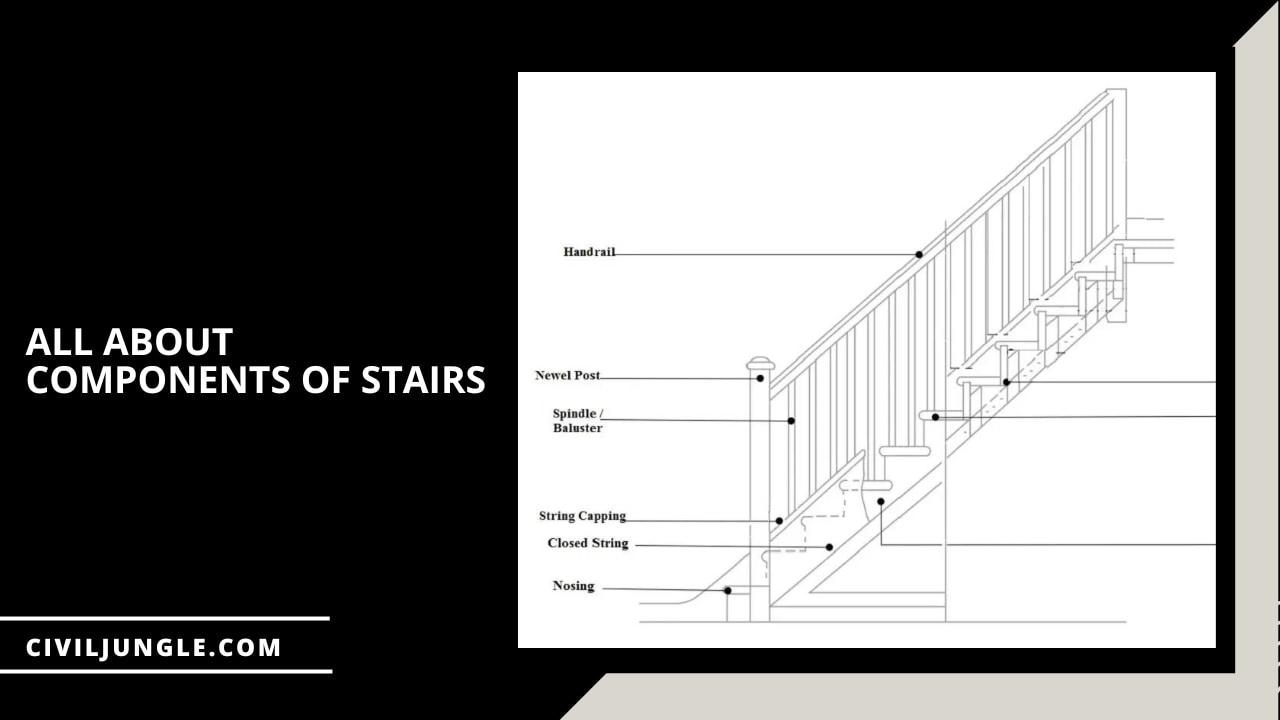
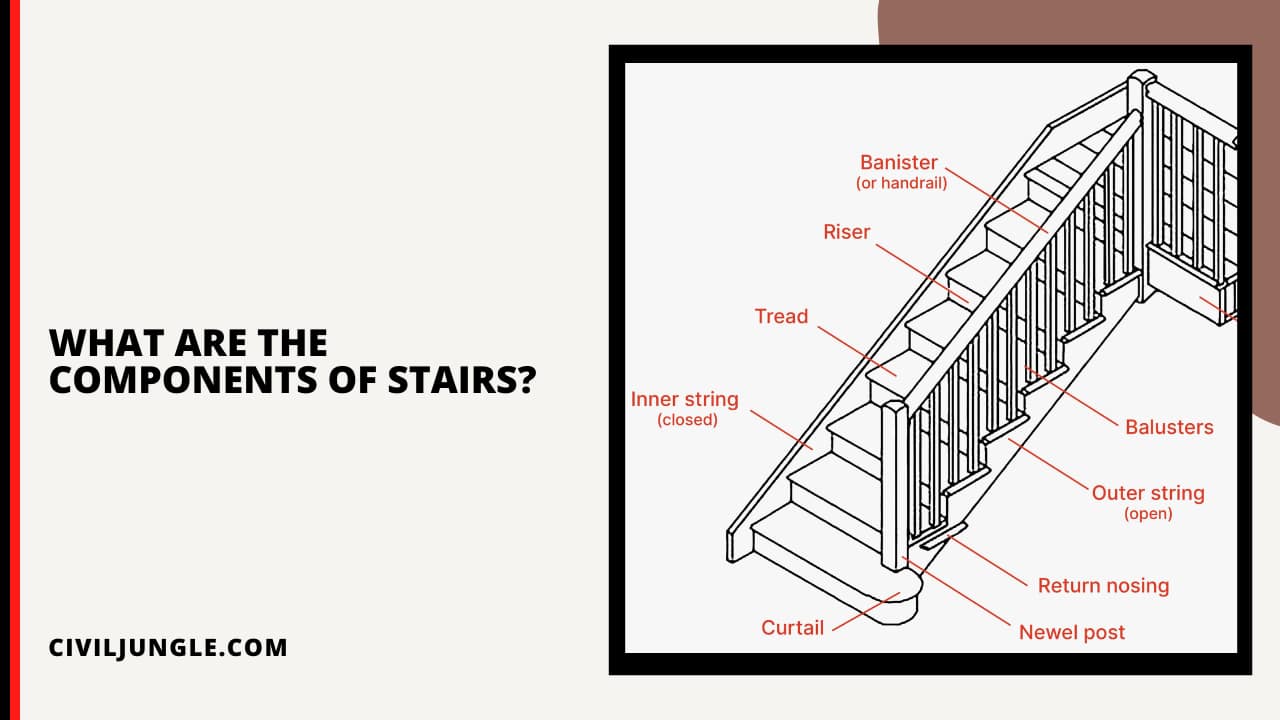

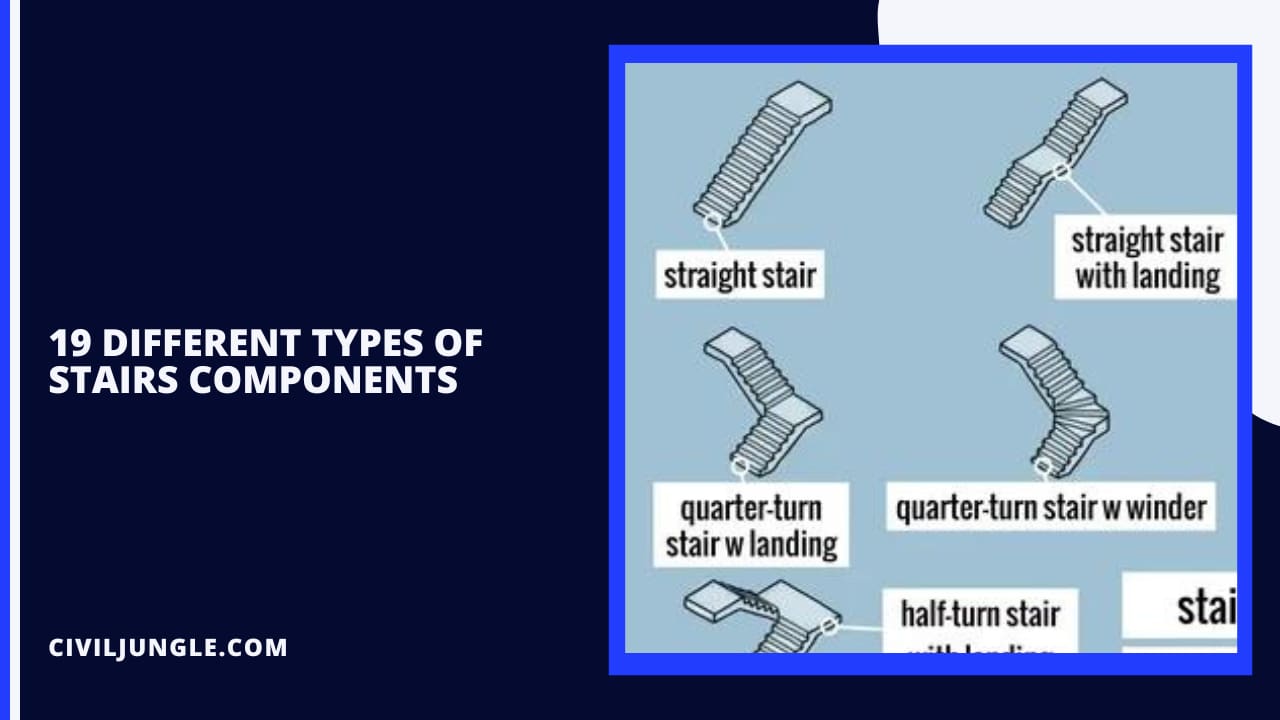
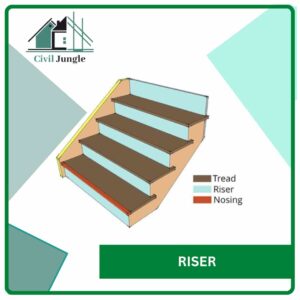
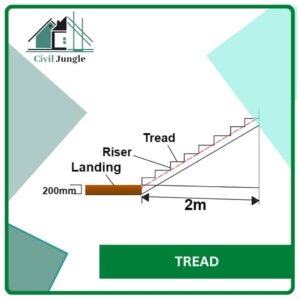
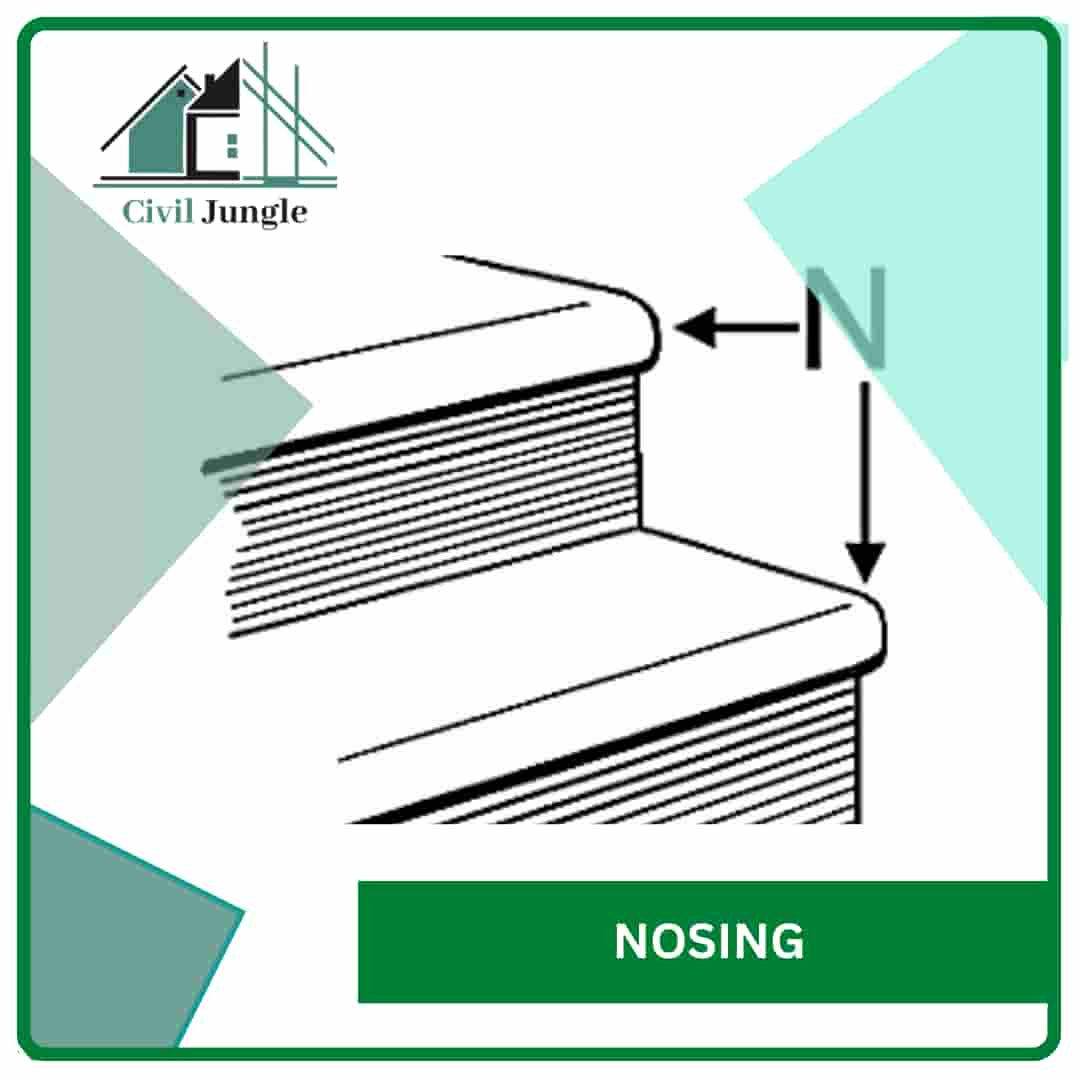

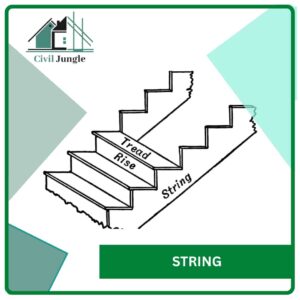
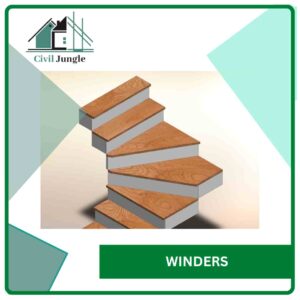
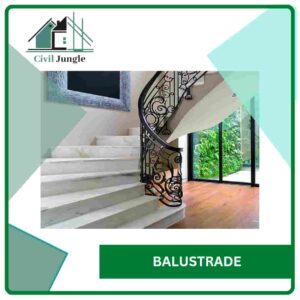
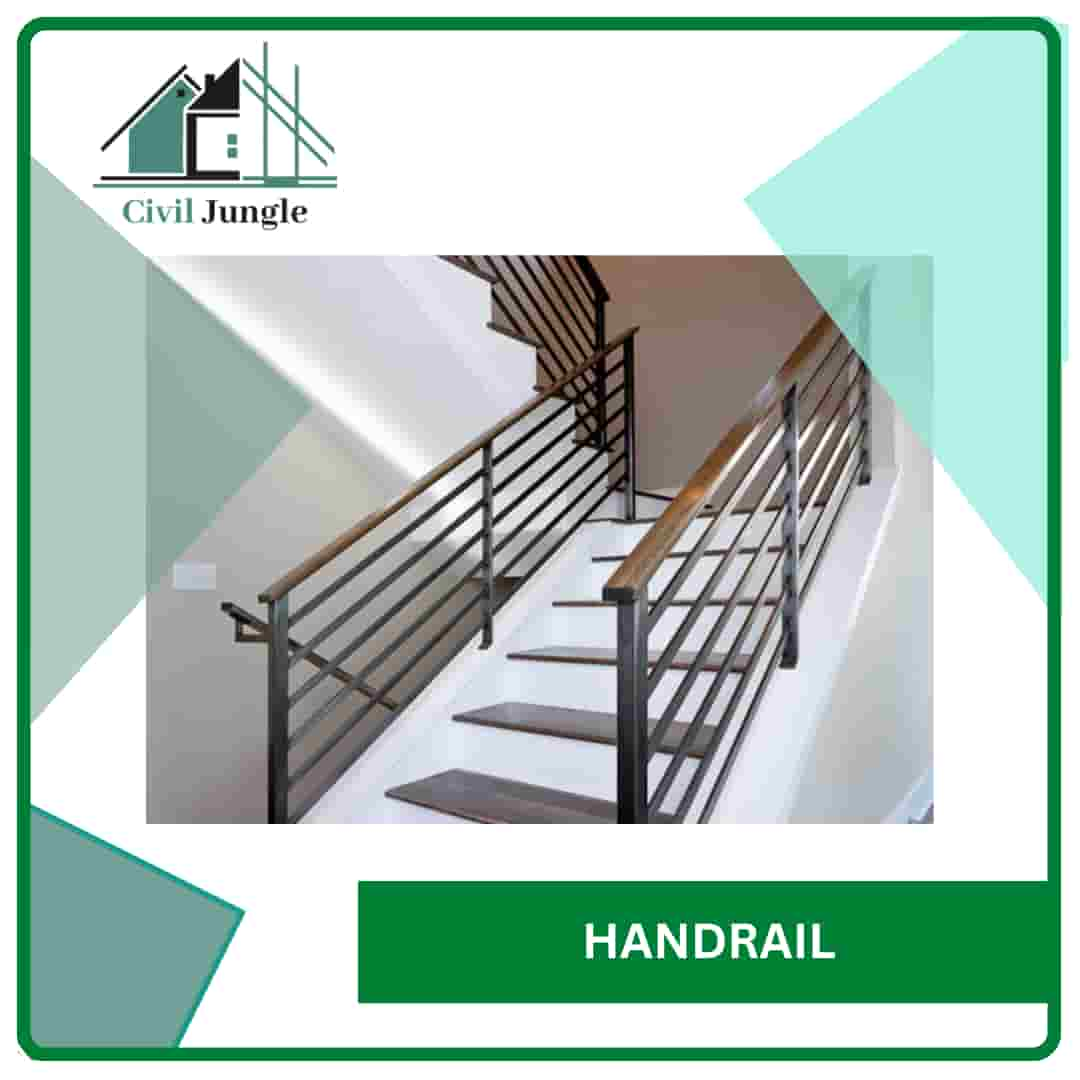
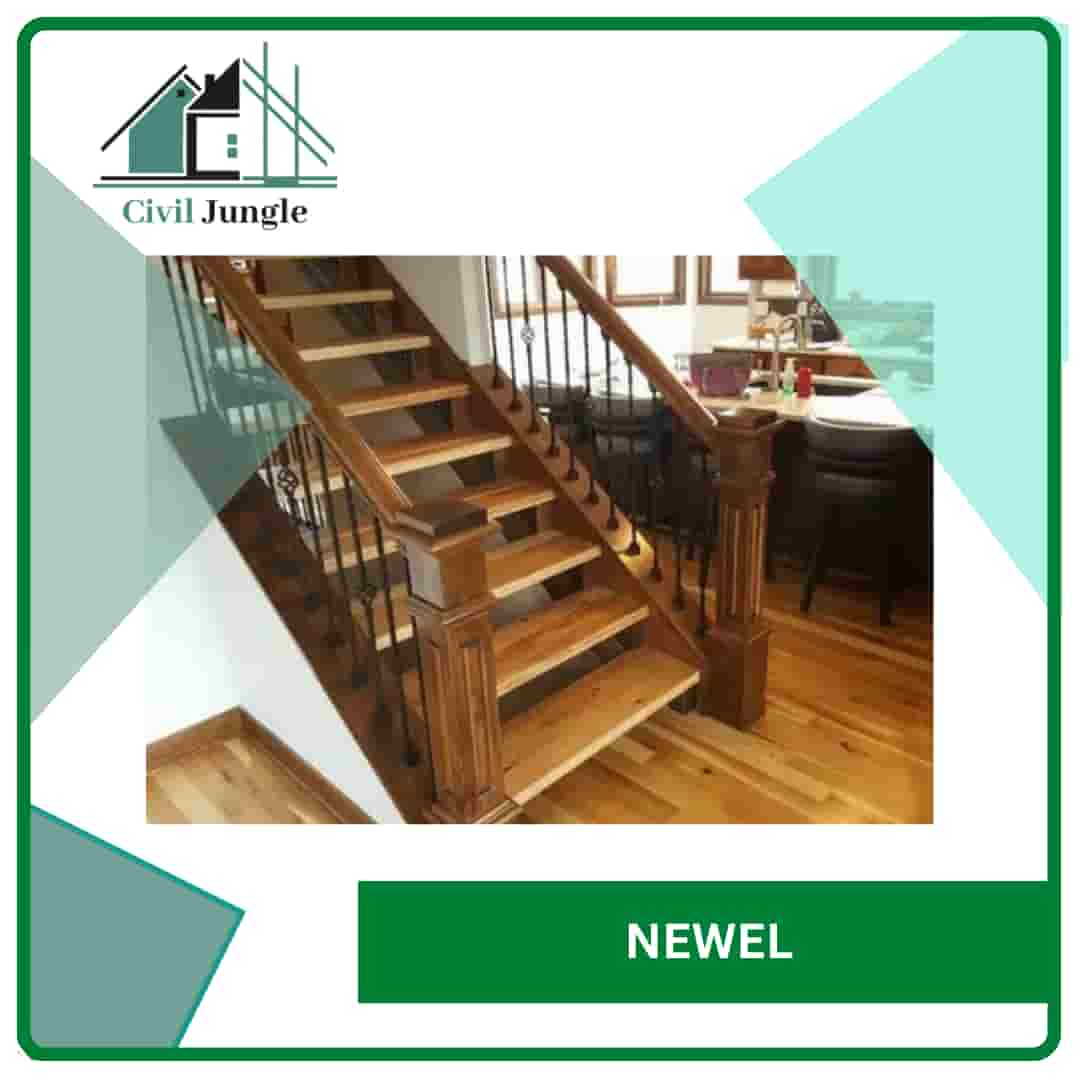

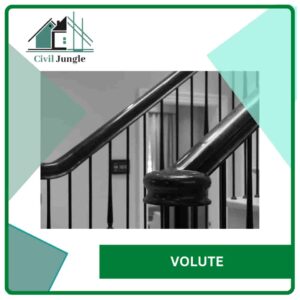
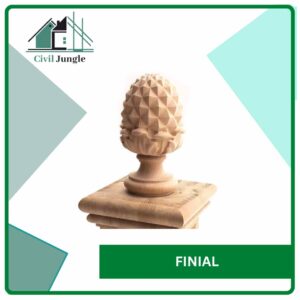
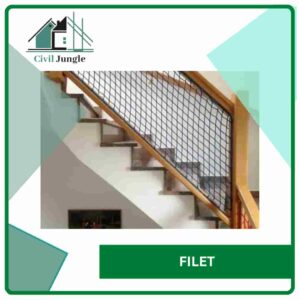
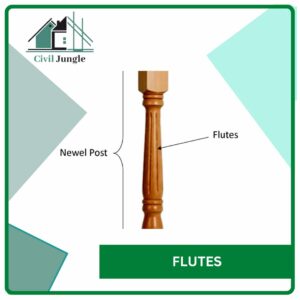
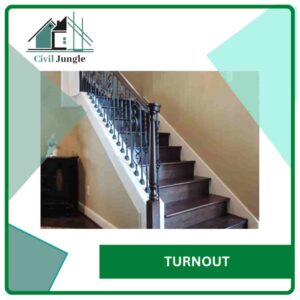
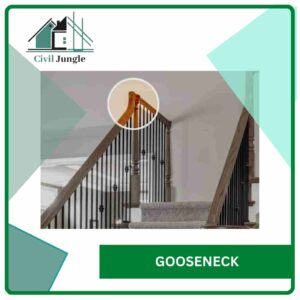

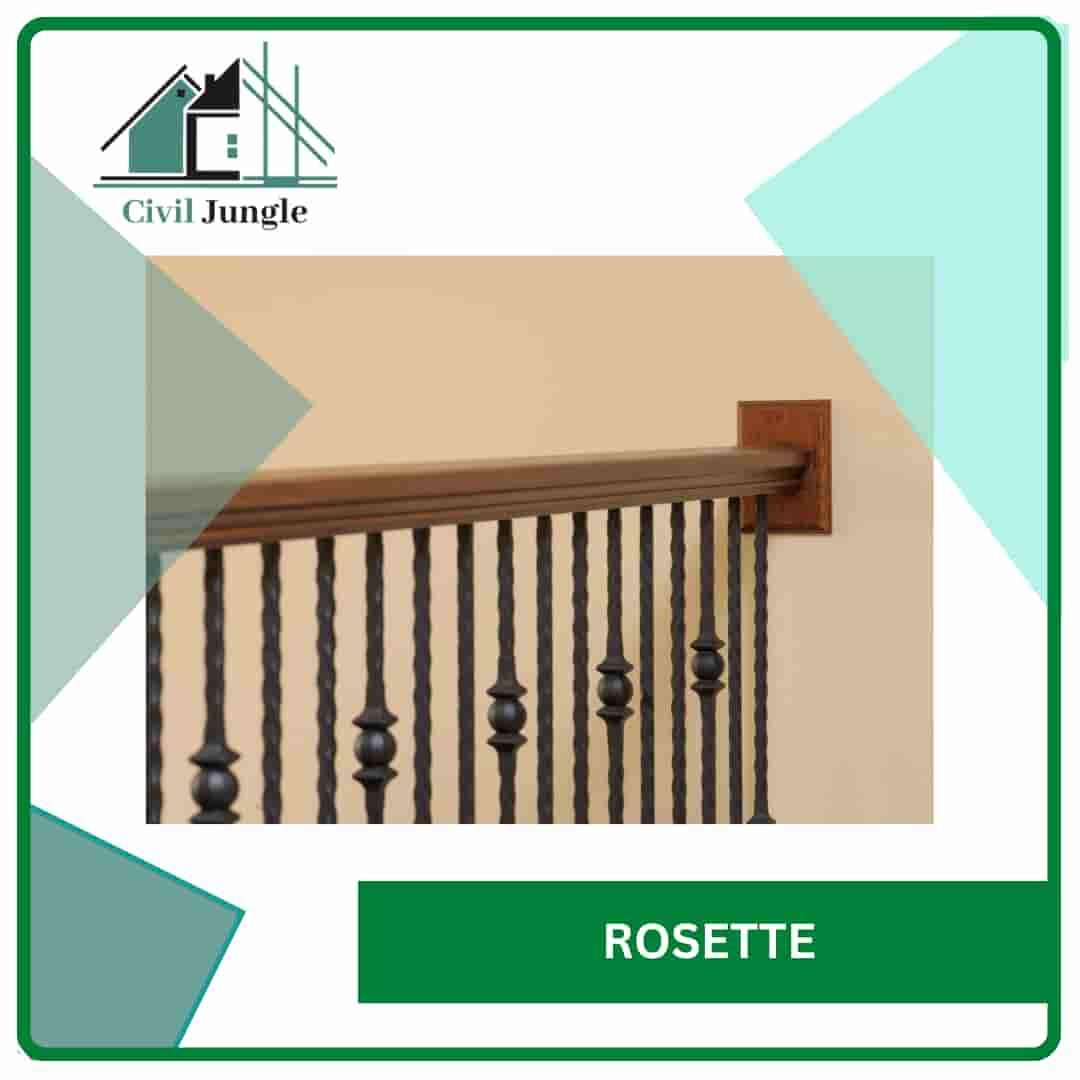
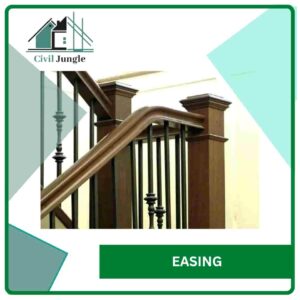
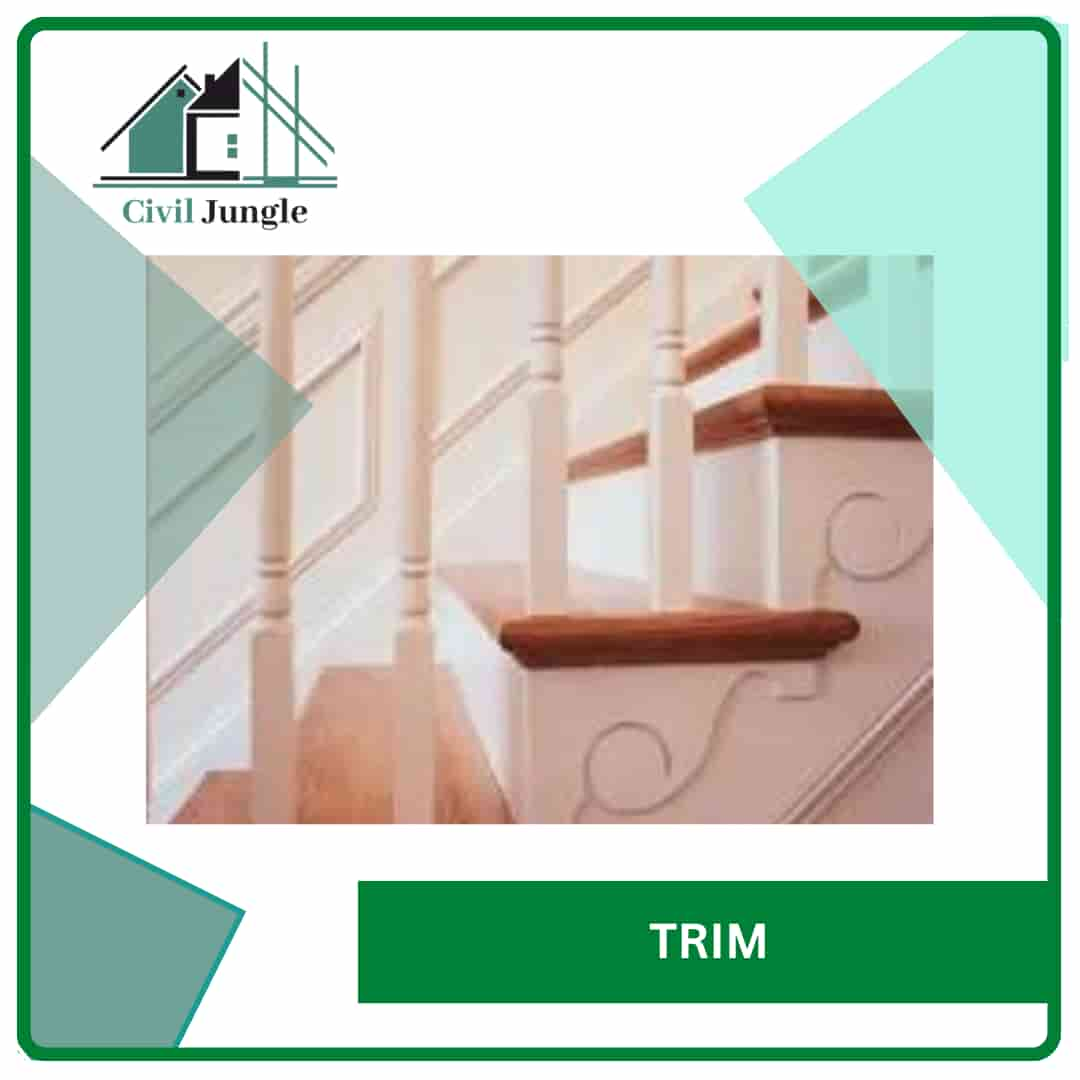

Leave a Reply